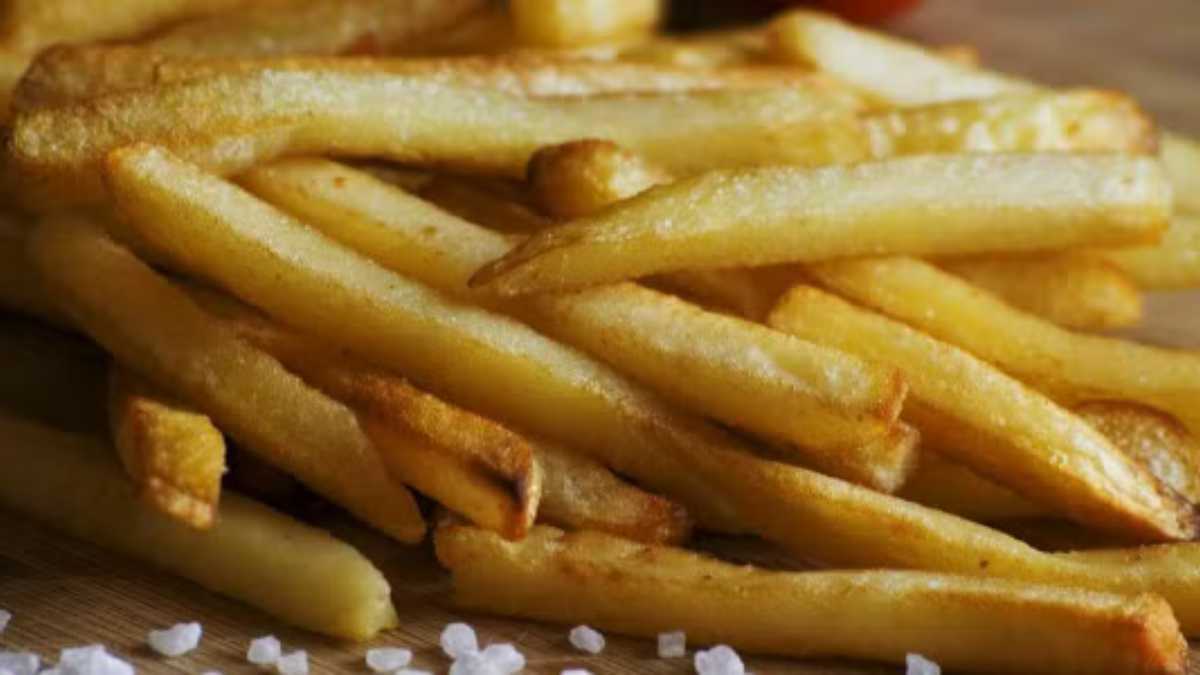Since fries are made from regional potatoes, one might think they are a climate-friendly food. In reality, fries are harmful to the climate. Find out why here. With an average annual consumption of 37.9 kilograms per person, potatoes are one of the most popular side dishes in the American kitchen. Approximately half of this quantity is consumed in the form of processed products such as chips, potato salad, and fries. Because fries can have harmful effects on the climate and were therefore removed from the menu of an Ikea store for environmental protection reasons, they even made headlines: Ikea gives up fries for the climate. But how bad are fries for the climate really and why?
How bad fries are for the climate
In 2021, 23% of Americans report consuming French fries a few times a week. To meet the demand, the production of fries amounted to approximately 487,830 tons (in 2022). To transform potatoes into frozen fries, they go through several stages that generate CO2 emissions harmful to the climate.
Fries start as modest potatoes, which are actually true “climate champions,” according to Geo magazine. Indeed, the production of one kilogram of potatoes releases only 0.62 kilograms of CO2 equivalent. Potatoes from organic farming are even slightly more climate-friendly than conventionally grown potatoes. This is partly because conventional agriculture uses mineral nitrogen fertilizers. According to the German Federation of Organic Agriculture, their production requires a large amount of energy.
The transformation from the “climate champion” potato to the “climate killer” fries requires further processing steps. Potatoes must be peeled, cut, fried, packaged, and frozen before landing in supermarket freezers as fries. Between these steps, the fries are also transported from one place to another multiple times. Once at home, they must be refrigerated and wait in the freezer until they are used. To make them edible, we cook them in a fryer or oven. All these processes consume energy, mainly from natural gas, oil, or coal. The extraction of these fossil fuels leads to enormous CO2 emissions.
Frozen fries rank fourth among the worst foods for the climate due to their complex and CO2-emitting processing. They generate 5.7 kilograms of CO2 equivalent per kilogram.
Better for the climate: Make your own fries
Fries contribute much more to greenhouse gas emissions than the raw product they come from. From this, a general recommendation for sustainable eating emerges: less processed foods are generally better for the climate.
However, this does not mean that you have to completely give up fries to protect the climate. It is unlikely that you would consume a whole kilogram of potato products at once. Personal climate protection does not depend on a single meal, let alone a single ingredient, but on the quantity and eating behavior over long periods, as well as other factors such as your housing situation, mobility, and overall consumption.
Therefore, reducing your consumption of frozen fries and, as part of a more climate-friendly dietary change, not serving your fries with beef or mayonnaise, but opting for vegetarian and vegan alternatives like homemade ketchup, can be beneficial.
Ideally, also start making your own fries, preferably from freshly harvested regional organic potatoes. This way, you save CO2 that would otherwise be generated by synthetic fertilizers and complex processing steps.



